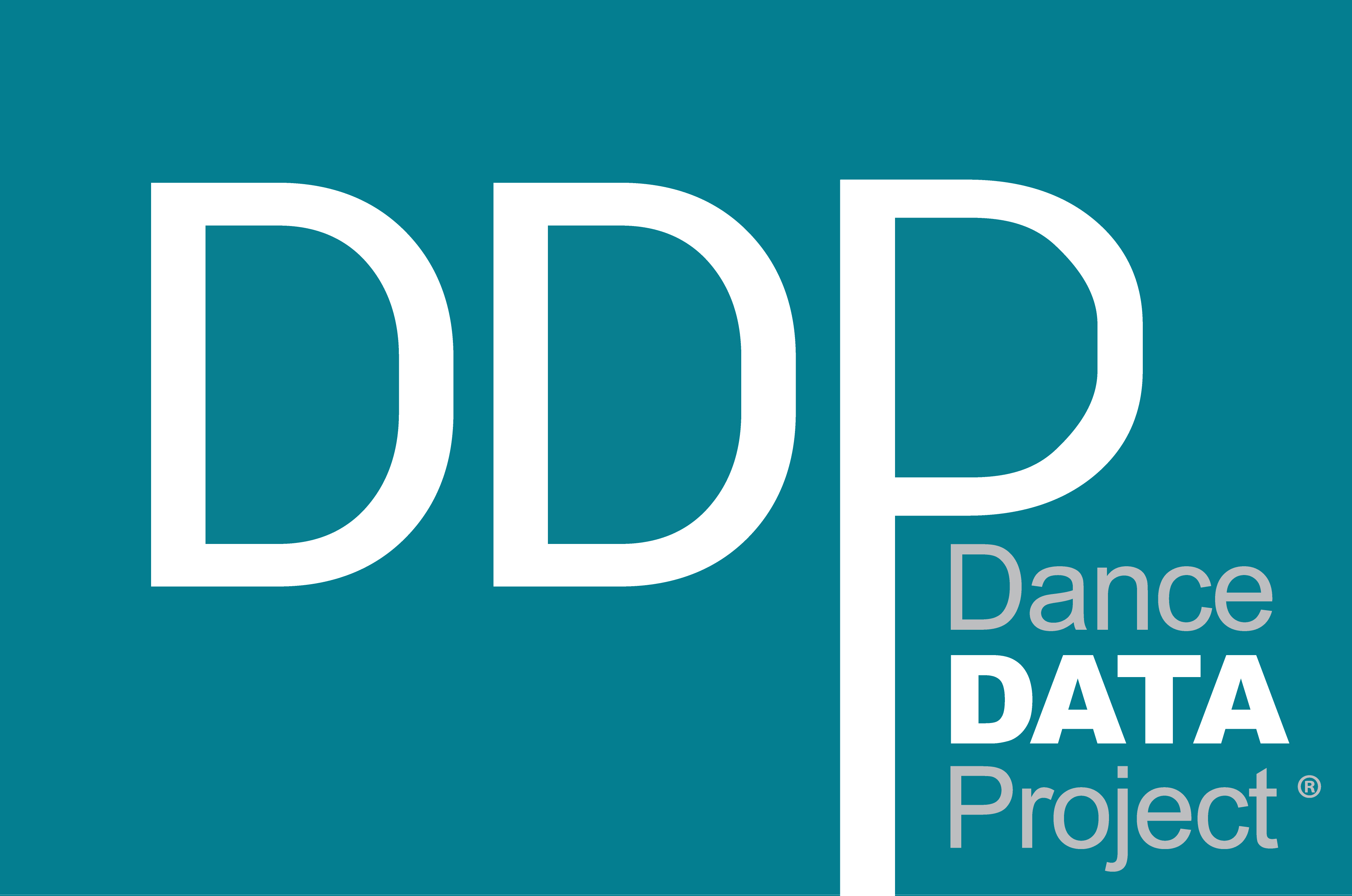Dance Data Project® Announces First-Ever Study of the Gender Distribution of Winners of International Choreographic Competitions and Fellowships
Northfield, IL | April 1, 2024 | Dance Data Project® today releases its first-ever study of international choreographic competition winners and fellowship recipients. In this Report, DDP examined 22 U.S. and international choreographic competitions, analyzing a total of 275 competition winners, and 13 U.S. and international fellowships, analyzing a total of 279 fellowship recipients.
Women accounted for only 32% of total competition winners (89 out of 275 winning choreographers). Women did, however, comprise a larger percentage of total fellowship recipients, at 59% (166 out of 279 fellowship recipients being women).
“Winning a competition does not only provide financial support to its recipients, but can increase a choreographer’s credibility, reputation, and help secure future opportunities,” said DDP Research Consultant Maya Canestaro. “Similarly, fellowships give choreographers the freedom to dedicate more time and resources to their artistic endeavors without the pressure of financial constraints. Highlighting these opportunities, and calling attention to who is winning them, is important as we continue to uncover avenues to help combat gender inequity in choreography.”
The Report shares findings from the past six years of international competitions and fellowships. Between the beginning of 2018 and the end of 2023, the lowest percentage of female choreographic competition winners (16%) and female fellowship recipients (54%) occurred in the most recent year, 2023. The percentage of female choreographic competition winners ranged from 16% – 58% within the 2018-2023 timeframe. The percentage of female fellowship recipients ranged from 54%-67% within the 2018-2023 timeframe.
“Providing a comprehensive, year-over-year comparison is deeply important and inherent to the Dance Data Project® mission. Shifts towards a more equitable sector need to be more than a ‘fad’ or ‘trend’ – a commitment to gender equity means more than just one female-forward year,” said DDP Chief External Affairs Officer Isabelle Ramey. “We’ll continue to hold companies accountable for this in their season programming, while keeping a close eye on how winners of choreographic competitions and fellowships further their careers for seasons to come.”
The 22 competitions studied are classified either as ballet or multi-genre based on each competition’s description. Competitions classified under the ballet category describe themselves explicitly as ballet or contemporary ballet competitions. Conversely, competitions classified under multi-genre describe themselves as strictly contemporary or accepting of any genre. Multi-genre competitions have a lower percentage of female winners (29%) compared to ballet competitions (44%). Of the 63 total winners of the ballet competitions, 28 are women (44%). Of the 212 total winners of the multi-genre competitions, 61 are women (29%).
“This finding is surprising and was not at all what we expected when posing the research question,” said DDP President & Founder Elizabeth ‘Liza’ Yntema. “We have grown accustomed to what our past few years of research have shown with regard to the modern/contemporary industry versus ballet. As of 2023, 63.5% of artistic directors at the Largest 127 modern and contemporary companies are women, compared to 43.1% of artistic directors at the Largest 150 U.S. ballet companies. It’s interesting to see more women achieving choreographic awards in ballet than multi-genre in this Report – further proof that as the industry shifts, the data needs to be there to track changes over time.”
For choreographic competitions, the monetary value of each prize awarded and the number of winners associated with each prize value was recorded. Men made up a larger percentage of winners for 12 of the 16 recorded monetary prizes. Women made up a larger proportion of recipients for all recorded fellowship stipends.
OF NOTE: The competition with the lowest average percentage of female winners, Burgos and New York International Choreography Contest, awarded the largest average prize amount.
In addition to data presentation and visualization, the DDP Research Team took this Report one step further, sharing recommendations based on findings from the research process. The Report highlights that only four fellowships listed their fellowship stipend values listed on their websites: Pina Bausch Fellowship, BalletX Fellowship, McKnight Choreographer and Dancer Fellows, and Jerome Hill Artists Fellowship. Given the limited availability of stipend values for the studied fellowships, DDP recommends that all fellowships publicly list their stipend amounts.
“Transparency and clear reporting of stipend amounts facilitates accountability, promotes gender equity in fellowship funding, and allows artists to make informed decisions when choosing to apply for fellowships,” said DDP Research Lead Jenna Magrath. “DDP additionally recommends that fellowship grantees publish descriptive statistics of applicants (e.g., number of applicants, gender), and offer childcare stipends to support working parents, particularly nursing moms.”
The Choreographic Competitions and Fellowships Report 2024 is available on the Dance Data Project® Research Page or by download below.


